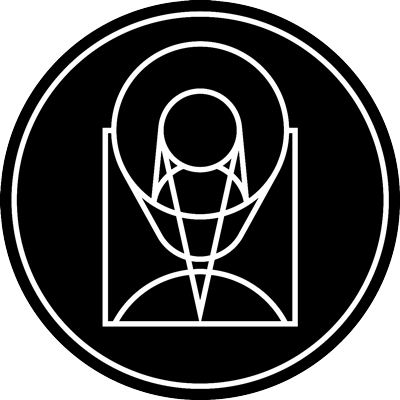Gravitationally Lensed Quasars

stsci_2020-05a January 4th, 2020
Credit: NASA, ESA, A. Nierenberg (JPL), and T. Treu
Each of these Hubble Space Telescope snapshots reveals four distorted images
of a background quasar and its host galaxy surrounding the central core of a
foreground massive galaxy.
The gravity of the massive foreground galaxy is acting like a magnifying
glass by warping the quasar’s light in an effect called gravitational lensing.
Quasars are extremely distant cosmic streetlights produced by active black
holes. Such quadruple images of quasars are rare because of the nearly exact
alignment needed between the foreground galaxy and background quasar.
Astronomers used the gravitational lensing effect to detect the smallest
clumps of dark matter ever found. The clumps are located along the telescope’s
line of sight to the quasars, as well as in and around the foreground lensing
galaxies.
The presence of the dark matter concentrations alters the apparent brightness
and position of each distorted quasar image. Astronomers compared these
measurements with predictions of how the quasar images would look without the
influence of the dark matter clumps. The researchers used these measurements
to calculate the masses of the tiny dark matter concentrations.
Hubble’s Wide Field Camera 3 captured the near-infrared light from each quasar
and dispersed it into its component colors for study with spectroscopy. The
images were taken between 2015 and 2018.
Credit: NASA, ESA, A. Nierenberg (JPL), and T. Treu and D. Gilman (UCLA)
Provider: Space Telescope Science Institute
Image Source: https://hubblesite.org/contents/news-releases/2020/news-2020-05
Curator: STScI, Baltimore, MD, USA
Image Use Policy: http://hubblesite.org/copyright/

- ID
- 2020-05a
- Subject Category
- C.6.2.1 C.5.3.2.1
- Subject Name
- RX J0911+0551, WGD J0405-3308, HS 0810+2554, PS J1606-2333, WFI 2033-4723, SDSS J1330+1810
- Credits
- NASA, ESA, A. Nierenberg (JPL), and T. Treu
- Release Date
- 2020-01-04T00:00:00
- Lightyears
- Redshift
- Reference Url
- https://hubblesite.org/contents/news-releases/2020/news-2020-05
- Type
- Collage
- Image Quality
- Good
- Distance Notes
- Facility
- Hubble, Hubble, Hubble
- Instrument
- WFC3/IR, WFC3/IR, WFC3/IR
- Color Assignment
- Blue, Blue, Orange
- Band
- Infrared, Infrared, Infrared
- Bandpass
- Y, JH, H
- Central Wavelength
- 105, 140, 160
- Start Time
- Integration Time
- Dataset ID
- Notes
- Coordinate Frame
- ICRS
- Equinox
- 2000.0
- Reference Value
- 137.8650217, 5.8484114
- Reference Dimension
- Reference Pixel
- Scale
- Rotation
- Coordinate System Projection:
- Quality
- Position
- FITS Header
- Notes
- Creator (Curator)
- STScI
- URL
- http://hubblesite.org
- Name
- Space Telescope Science Institute Office of Public Outreach
- outreach@stsci.edu
- Telephone
- 410-338-4444
- Address
- 3700 San Martin Drive
- City
- Baltimore
- State/Province
- MD
- Postal Code
- 21218
- Country
- USA
- Rights
- http://hubblesite.org/copyright/
- Publisher
- STScI
- Publisher ID
- stsci
- Resource ID
- STSCI-H-p2005a-f-1920x1280.tif
- Resource URL
- https://mast.stsci.edu/api/latest/Download/file?uri=mast:OPO/product/STSCI-H-p2005a-f-1920x1280.tif
- Related Resources
- Metadata Date
- 2021-12-14T13:36:04-05:00
- Metadata Version
- 1.2
Detailed color mapping information coming soon...










